Silver dollars are the herbivorous counterparts to the carnivorous piranhas. Among them, the genus Metynnis – recognizable by its long, flat adipose fin – is the most important aquaristically, as its members still fit reasonably well into standard aquariums with a final size of 15-20 cm. Representatives of other genera can grow considerably larger. One species in particular has been represented in the hobby for decades as the “silver dollar”, albeit almost always with an inaccurate scientific name.
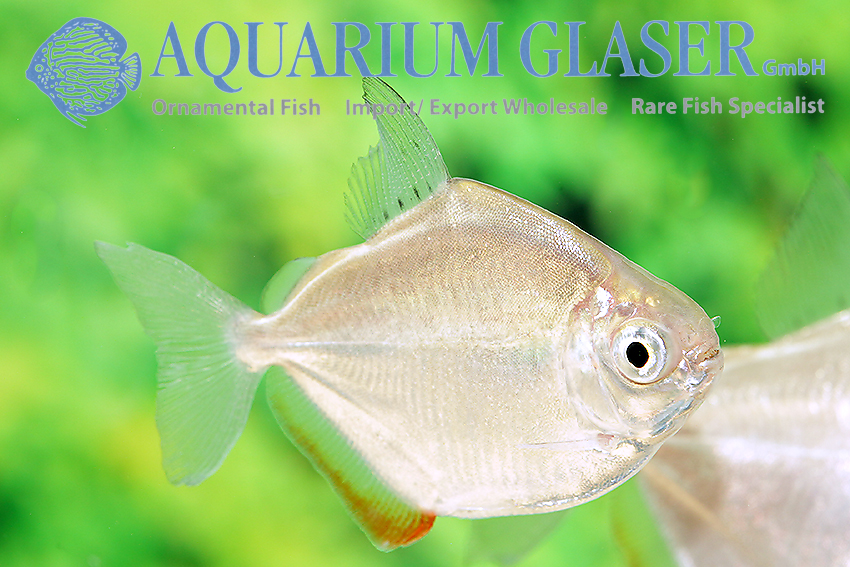
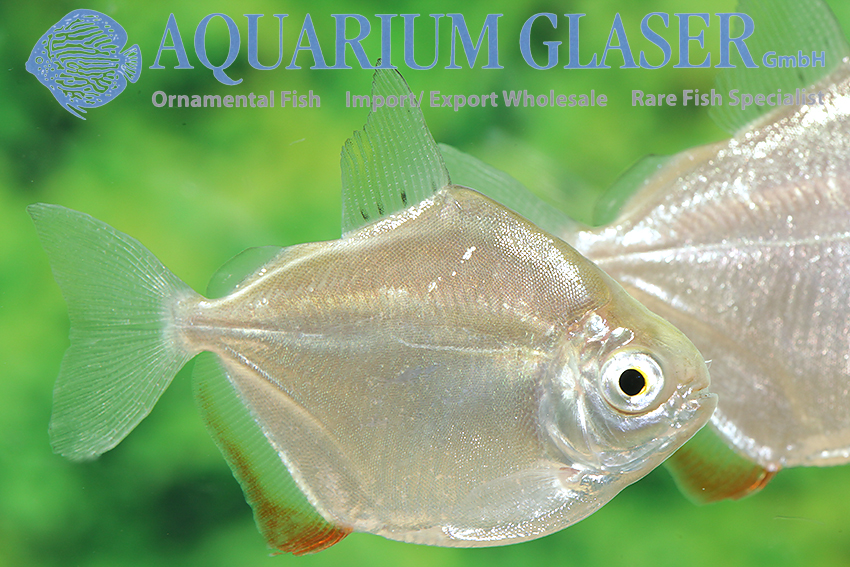
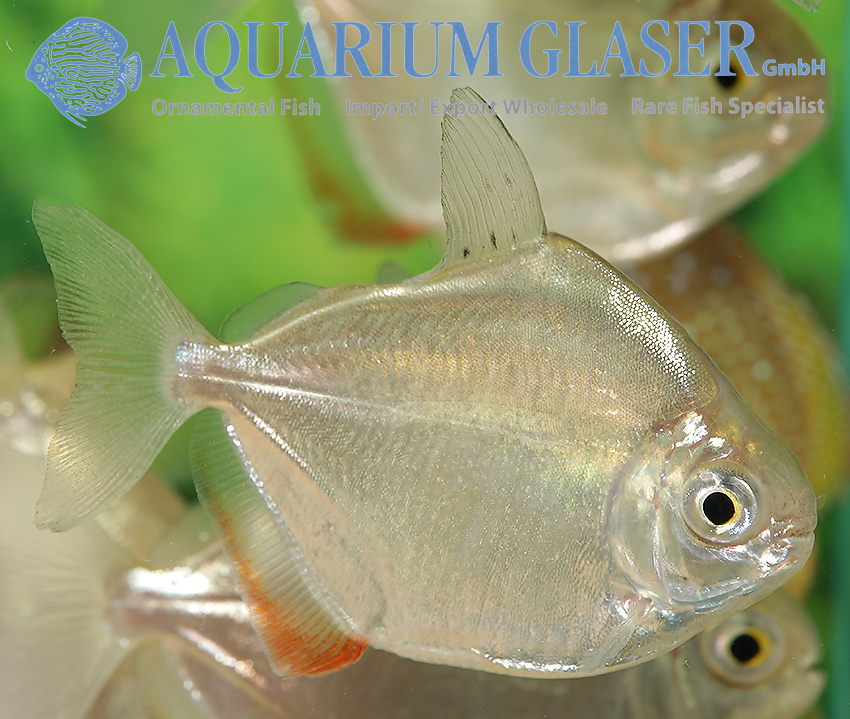
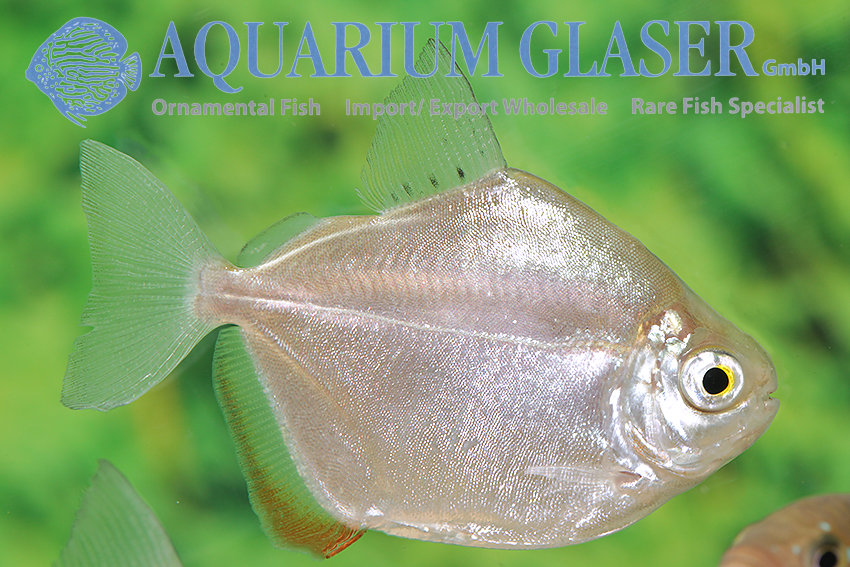
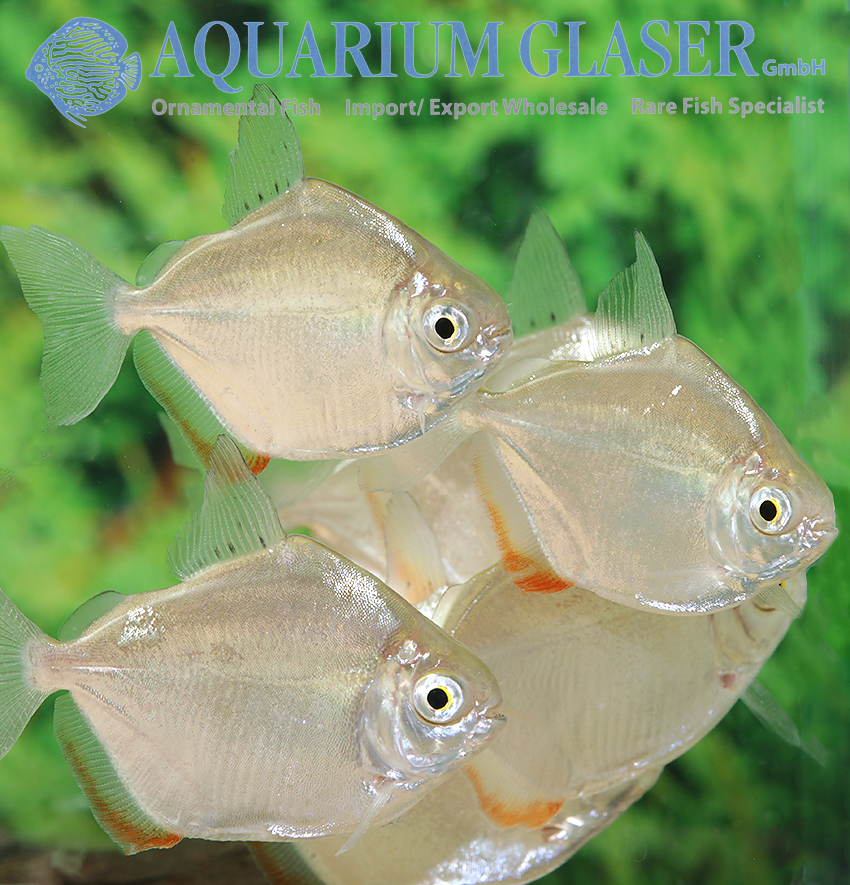
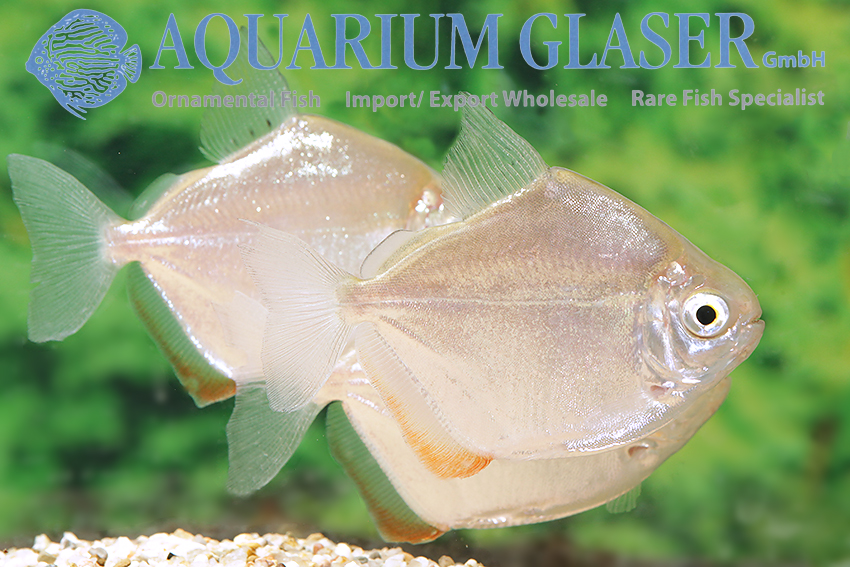
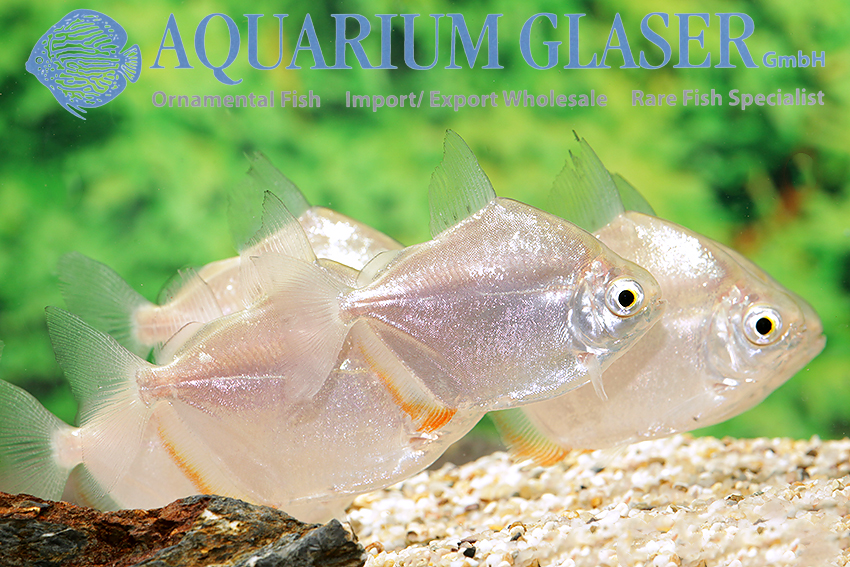
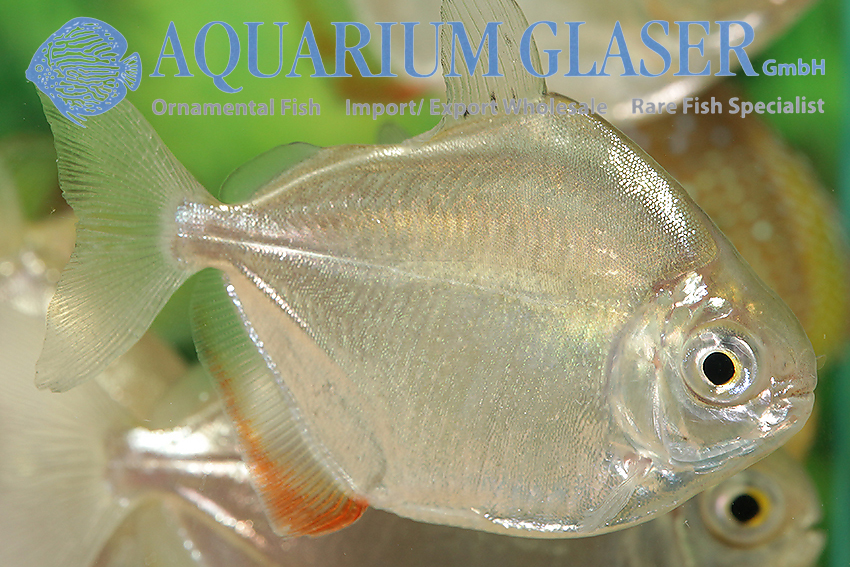
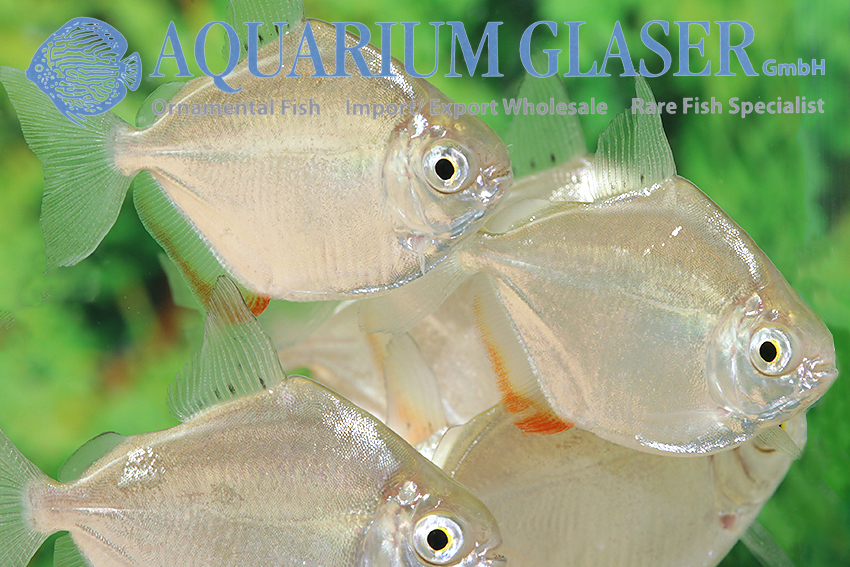
In fact, this fish, which used to be referred to in the trade as M. schreitmuelleri and M. hypsauchen, is actually M. altidorsalis. Due to the sometimes very confusing nomenclature of these tetras, we will not go into further detail here. The fact is that the “silver dollar” M. altidorsalis is regularly available in the hobby in good numbers as offspring from Southeast Asia and is usually traded under the name M. hypsauchen. The small black spots on the dorsal fin are a fairly good way of recognizing this species. Juveniles are usually silver-colored on the body, but adult specimens often show a black shoulder spot and irregular dark bands on the back. Males and females differ clearly in the shape of the anal fin, which in the female is narrow and evenly straight or slightly convex at the front edge, but in the male is broadly bulging in the front area and has a broad black edge.
Just for the sake of completeness: the species Metynnis hypsauchen really exists, M. schreitmuelleri (and others) are a synonym, the species is widely distributed in the Amazon, Rio Paraguay and northern Guyana Shield systems (Bolivia, Brazil, Guyana, Colombia, Peru and Venezuela), but is rarely encountered in the hobby. The “true” M. hypsauchen can be recognized in adults by the black ventral fins (colourless in M. altidorsalis) and by the fact that in sexually mature males the front of the anal fin is divided into two lobes of unequal size (only a single lobe in M. altidorsalis). Juveniles of many Metynnis species are very similar to each other. As far as we could research, Metynnis hypsauchen has no black dots in the dorsal fin (M. altidorsalis always has).
Originally, M. altidorsalis comes from rivers of the northern and eastern Guyana Shield, i.e. Guyana, French Guiana and Surinam. However, as breeding of this tetra with a maximum length of 14 cm has been successful since the 1950s, the species is rarely imported as a wild catch.
Metynnis are schooling fish and should always be kept in larger groups (from 8 specimens upwards). They are herbivores and, in the long run, even hard plants such as Anubias fall victim to them. A Metynnis aquarium is therefore decorated with root wood, stones, bamboo etc. Even though the fish will generally eat any commercially available ornamental fish food, plant material (leaf lettuce, dandelion etc.) should be a fixed part of the diet. The chemical composition of the water is irrelevant for their care, the temperature can be between 22 and 30°C. Silver dollars are free spawners on fine root tufts etc. and do not practice broodcare.
For our customers: the animals have code 267812 (3-4 cm) and 267814 (5-7 cm, photos) on our stock list. Please note that we only supply the wholesale trade.
Text & photos: Frank Schäfer




